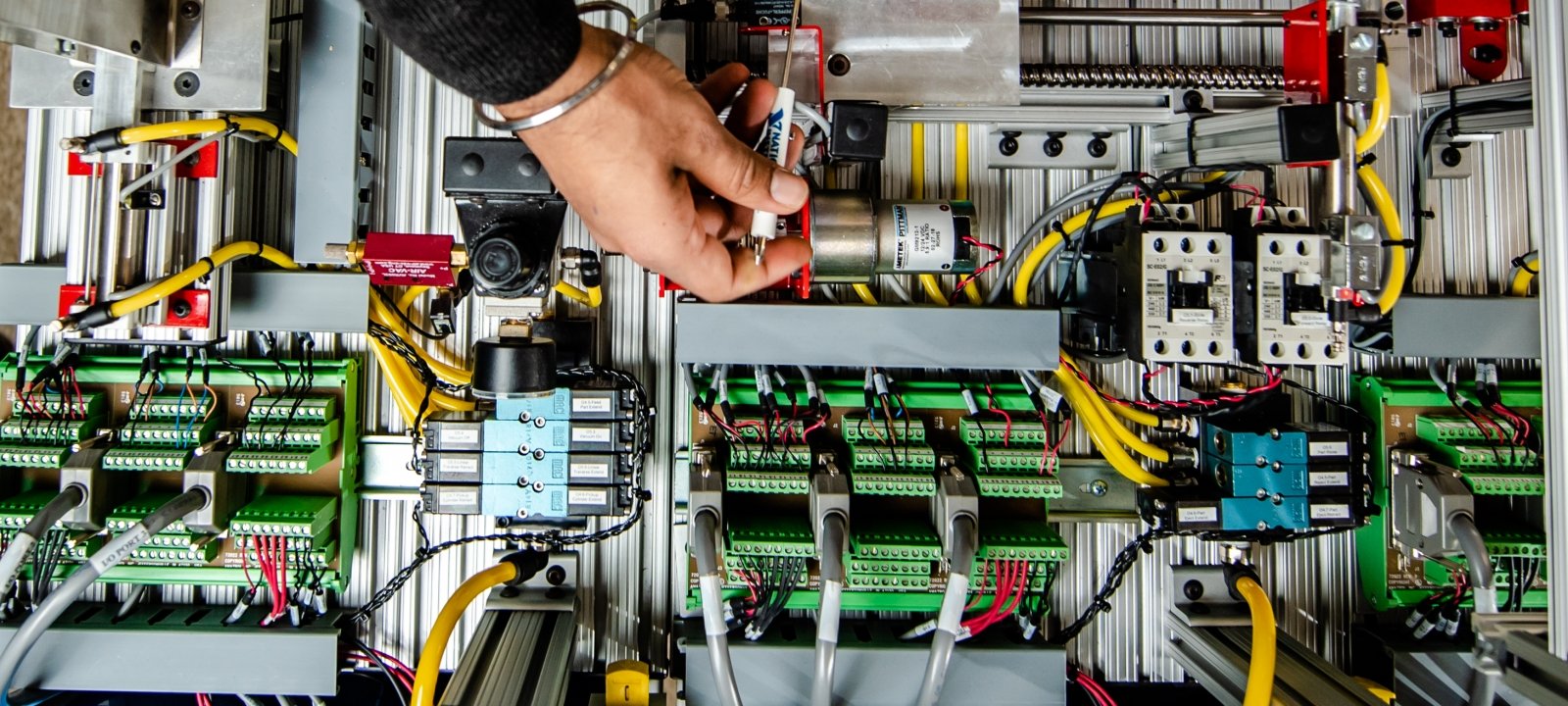Implementation of a Field Area Network Based on IoT Using Smart Grid Communication Infrastructure
1. introduction
Smart grid technology is a game-changing way to improving existing electricity systems. It might be thought of as "technology for all and everything." A smart grid is a network of automated and widely dispersed energy generation, transmission, and distribution. It is distinguished by a full duplex network with bidirectional electricity and information transfer. It is a closed-loop monitoring and response system. A smart grid network connects an electricity distribution system to a network of information and communication. Smart grid technology provides a dependable, efficient, robust, and sophisticated energy distribution system with a plethora of capabilities. The use of renewable energy resources will result in a lower carbon footprint and emissions.
It can be characterized in a variety of ways based on its functional, technical, or beneficial characteristics. According to the United States Department of Energy, "a smart grid uses digital technology to improve the reliability, security, and efficiency (both economic and energy) of an electric system of large generation, through delivery systems to electricity consumers and a growing number of distributed-generation and storage resources." The smart grid's reach ranges from electrification to the internet of everything. The usefulness of smart grid may be imagined for smart agricultural applications, which constitute the foundation of every country's economy.
Chaouchi et al. highlighted possible applications and implementation issues for IoT. The Internet of Things promotes computation, coordination, and communication among diverse devices and network parts.
2. Hierarchical Infrastructure for Smart Grid Communication for Smart Farming Applications
2.1 Field Area Network
Pumping, harvesting, spraying, and fertilizer distribution may all be completely automated with the help of a communication backbone. Sensing, measurement, data collecting, monitoring, control, and remote access to field area network characteristics are all part of smart farming. For smart agricultural electric cars, a system for remote monitoring and control of a plug-in hybrid electric vehicle (PHEV) can be built. A PHEV is made up of a gasoline or diesel engine, an electric motor, and a rechargeable battery that can be charged through a power outlet. A field area network is linked to the cloud for web-based monitoring and parameter management. Remote data collecting that is seamless might build an interactive system between researchers, professionals, and diverse stakeholders. Precision farming is based on local circumstances.
2.2.NAN (Neighborhood Area Network)
The neighborhood area network (NAN) transmits data from smart meters to the central controller. A few hundred smart meters installed in HANs may be found in NANs. Smart meters are linked to several gateways using NANs. NANs have a coverage area of around 1-10 square miles. NAN requires data speeds of roughly 10-1000 Kbps. For neighborhood area networks, WLAN, cellular technology, and PLC can be utilized.
2.3. Wide Area Network (WAN)
Geographic information systems (GIS), remote sensing, and the Global Positioning System (GPS) may all be utilized to control smart farming parameters on a field-by-field basis. WAN is appropriate for IoT applications. The Internet of Things enables "machine-to-machine" or "device-to-device" connectivity. Smart farming can benefit from the internet of things in terms of modern crop production practices.
3. Related Work
3.1. Smart Energy System on the Internet
The system operates satisfactorily on a wireless local area network with a range of approximately 50 m. All three energy sources were used to test the intended prototype. Sources were assigned sequential priority. The system initially operates on a grid. The load will thereafter be switched to solar and battery power based on the threshold current value. A direct current (DC) microgrid is shown by the prototype. It has the ability to operate in both grid-connected and island modes.
The WPA-PSK security mode was used to test the prototype on a local area network. In the network, a maximum of 254 devices can be linked and regulated. Other encryption protocols that can be used include the wired equivalent protocol (WEP), the wireless fidelity protected access temporal key integrity protocol (WPA-TKIP), and WPA2.
Other encryption protocols are available, including the wired equivalent protocol (WEP), the wireless fidelity protected access temporal key integrity protocol (WPA-TKIP), and WPA2. Different network equipment, such as switches and routers, can be used to extend the network even farther.
A serial terminal application CoolTerm was used to collect real-time data. Depending on their load providing capacities, certain farming machines can run on any of the three energy sources. Figure 3 depicts the architecture of a smart power system's remote wireless monitoring and control. Figure 4 depicts flow charts of the prototype's monitoring and control.
As demonstrated in Figure 5, the user may monitor data and operate a complete system by entering predetermined instructions on the local network webpage. Figure 6 depicts the prototype's IoT-based monitoring and control. "smartfield.dlinkddns.com" is the address of the website created for the planned system. After the prototype has been tested on the local network, the port may be forwarded to a WAN application. The designed prototype was tested on the website that was created.
3.2.Weather Monitoring System
A server can use the dynamic host configuration protocol to automatically assign an IP address to connected clients. The prototype built was utilized to monitor temperature and humidity in a local area network. The Arduino webserver application makes use of an Ethernet shield. Temperature measurements in Celsius and Fahrenheit are included in the prototype. Monitoring humidity and temperature may also be used to move an agricultural load from one energy source to another, as shown in the preceding prototype. For example, if the temperature is low and the humidity is high, the solar photovoltaic system cannot supply the load and must be transferred to the grid to ensure the smooth functioning of farming machinery. IEEE 802.3 and IEEE 802.11 standards are used in the created design.
Figure 7: Smart agricultural weather monitoring system design.
















0 Comments